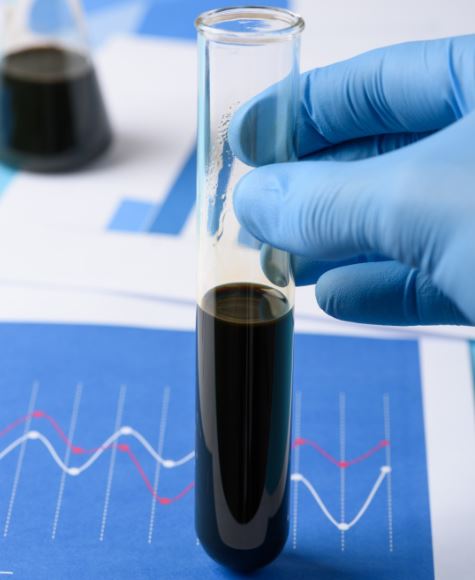
Crude oil is a fundamental component of the global energy sector, serving as the primary source for the production of various fuels and petrochemical products. The properties of crude oil vary significantly from one source to another, and to understand its composition and quality, oil companies perform a detailed analysis known as crude oil assay. In this article, we will explore the importance of crude oil assay, the methods involved, and the key parameters that influence the assessment of crude oil.
What is Crude Oil Assay?
Crude oil assay is a laboratory analysis that provides a detailed breakdown of the physical and chemical properties of a particular crude oil sample. The purpose of this analysis is to determine the composition of the crude oil, which includes information about its hydrocarbon content, impurities, and other relevant characteristics. The results obtained from crude oil assays are crucial for refining processes, product optimization, and overall decision-making within the oil and gas industry.
Methods of Crude Oil Assay
Several methods are employed to conduct crude oil assays, and the choice of method depends on the specific information required. However, the two primary methods commonly used are:
- Laboratory Distillation:
- This method involves the separation of different hydrocarbon fractions based on their boiling points.
- The crude oil sample is heated in a distillation unit, and various fractions such as naphtha, kerosene, diesel, and residual oil are collected at different temperature intervals.
- The boiling point range of each fraction provides valuable insights into the composition and potential uses of the crude oil.
- Chromatography Techniques:
- Gas Chromatography (GC) and Liquid Chromatography (LC) are widely used to separate and analyze individual components of crude oil.
- GC is particularly effective in analyzing light hydrocarbons, while LC is more suitable for heavy fractions.
- Mass spectrometry is often coupled with chromatography techniques to identify and quantify specific compounds.
Key Parameters in Crude Oil Assay
- API Gravity:
- API (American Petroleum Institute) gravity is a measure of the density of crude oil compared to water. Higher API gravity values indicate lighter and potentially more valuable crude oils.
- Sulfur Content:
- Sulfur content is a critical parameter, as high sulfur levels can lead to environmental pollution and corrosion during refining processes. Low sulfur content is desirable for the production of cleaner fuels.
- Distillation Curve:
- The distillation curve provides information about the boiling points of different fractions within the crude oil. This data helps in determining the suitability of the crude for various refining processes.
- Viscosity:
- Viscosity measures the resistance of crude oil to flow. It is a crucial parameter for transportation and processing, as it influences pumping and refining efficiency.
- Metal Content:
- The presence of metals such as nickel, vanadium, and iron can impact the efficiency and life of refinery equipment. Crude oil assay identifies these metal contaminants.
Conclusion
Crude oil assay plays a pivotal role in the oil and gas industry, providing essential data for refining processes, product optimization, and environmental compliance. The detailed analysis of physical and chemical properties helps oil companies make informed decisions about the handling, processing, and utilization of crude oil. As the energy landscape evolves, the accurate assessment of crude oil through assays remains a cornerstone for sustainable and efficient operations in the oil and gas sector. At Osten Laboratory, every drop of crude oil tells a unique story. Our petroleum chemists use advanced instrumentation for detailed molecular and chemical characterizations, providing a roadmap to understand the vast potential within petroleum reserves.
